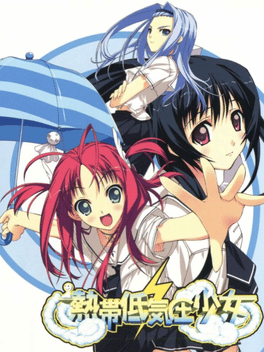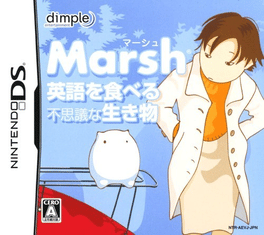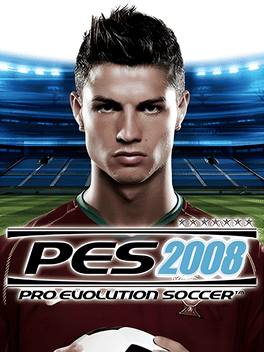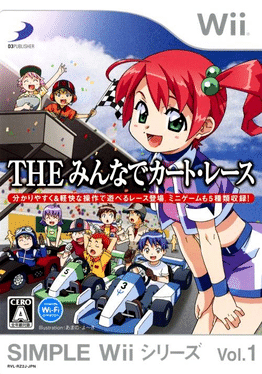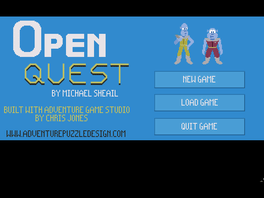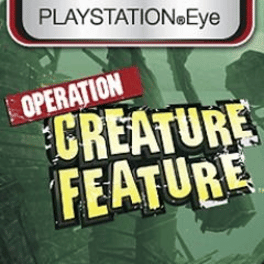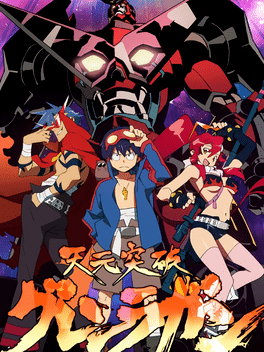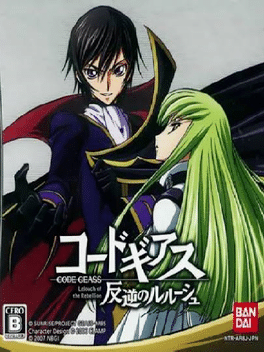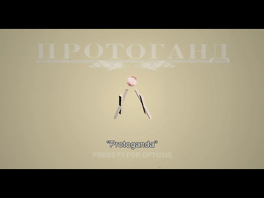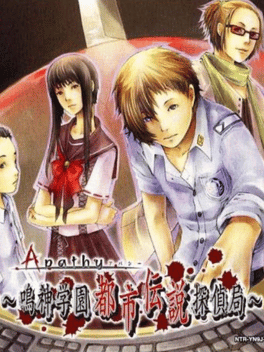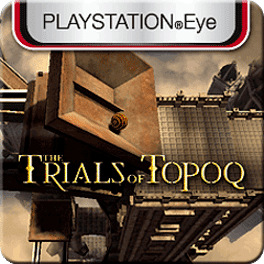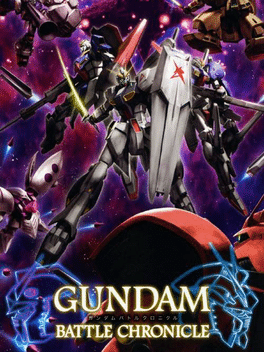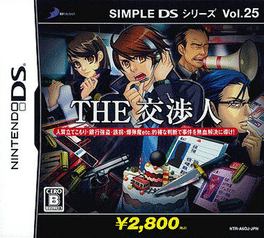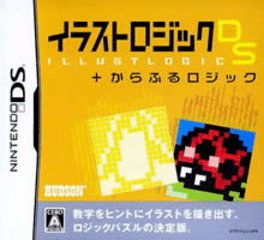New Games - Page 10071
-
Nettai Teikiatsu Shoujo
2007
Nettai Teikiatsu Shoujo is an visual novel, developed and published by Oaks Soft, which was released in Japan in 2008. -
Arctic Tale
2007
-
Arctic Tale
2007
-
Pro Evolution Soccer 2008
2007
Pro Evolution Soccer 2008 for the Nintendo DS is a portable installment in Konami's football simulation series, released in 2008. Tailored for the DS hardware, it offers a streamlined experience compared to its console counterparts. -
Simple Wii Series Vol. 2: The Minna de Bass Tsuri Taikai
2007
The Minna de Bass Tsuri Taikai is a Sports game, developed by TOSE and published by D3Publisher, which was released in Japan in 2007. -
Simple Wii Series Vol. 1: The Minna de Kart Race
2007
The Minna de Kart Race is a Racing game, developed by TOSE and published by D3Publisher, which was released in Japan in 2007. -
Sega Ages 2500 Vol. 31: Cyber Troopers Virtual-On
2007
This game is an update to the arcade version of Cyber Troopers Virtual-On. It features a variety of extra options such as widescreen support, system link, "assault mode" (removing projectile weapons) and "chibi mode" (similar to Virtua Fighter Kids). You can also play as the final boss in "Z-Gradt mode", and can enable "dash cancelling", a feature introduced in Cyber Troopers Virtual-On: Oratorio Tangram. -
OpenQuest
2007
-
Protoganda: Strings
2007
Protoganda: Strings
2007
Protoganda: Strings is a fast-paced vertical shooter with a visual style somewhat inspired by old Soviet 8mm movies. Gameplay consists of sequences of boss fights, of which the order can be defined or randomized. -
Apathy: Narugami Gakuen Toshi Densetsu Tantei Kyoku
2007
Visual novel by Gevo Entertainment and published by Arc System Works -
The Trials of Topoq
2007
The Trials of Topoq
2007
"The Trials of Topoq" is a puzzle video game developed by London Studio for the PlayStation 3 that utilizes the PlayStation Eye camera peripheral. It was released on the European PlayStation Store on October 25, 2007 and appeared on the North American PlayStation Store on December 20, 2007. -
Gundam Battle Chronicle
2007
Gundam Battle Chronicle is the sequel to Gundam Battle Royale and Gundam Battles series. It features over 140 Mobile units including the 80 units in Gundam Battle Royale and improved the multi-player gaming system so that the single-player missions could be played in multi-player's mission mode. New additional missions are from Stardust Memory, and MSs from Gundam ZZ, Gundam Sentinel, and Char's Counterattack. -
Simple DS Series Vol. 25: The Koushounin
2007
The Koushounin is an Adventure game, developed by Affect and published by D3Publisher, which was released in Japan in 2007. -
Illust Logic DS + Colorful Logic
2007
A DS Nonogram/Picross game from Hudson released in 2007 after they stopped using it's "puzzle Series" branding. It features both standard picross style puzzles and color based puzzles with a range of categories including puzzles that re-create sprites from classic Hudson games.

